Children killed in 'appalling' Sudan hospital attack - WHO head
Uganda: Targeting 40 years in power, who is candidate Museveni?
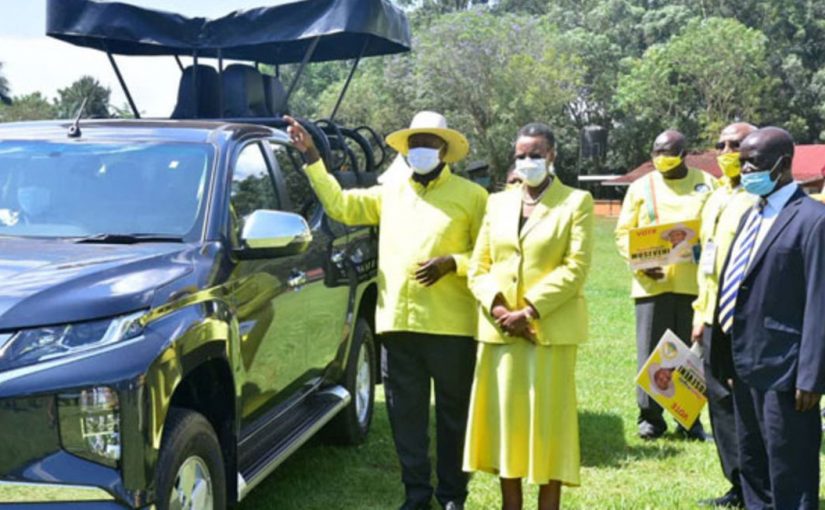
President Museveni (left) and First Lady Janet stand next to the pickup truck given to him by the Electoral Commission after his nomination at Kyambogo University Cricket Oval grounds in Kampala yesterday. [Photo: EC Media]
On Monday, President Museveni walked into the Electoral Commission and was duly nominated to run for a sixth elective term in the 2021 General Election, which will take his grip onto power to 40 years since 1986.
Parliament has amended the Constitution twice in order to remove articles that barred him from being re-elected after expiry of his last term of office in 2005 and in 2017, when he was approaching the age limit of 75. He is now 76.
With the latest amendment, Mr Museveni now can rule Uganda as long as he wishes or as his health can allow him.
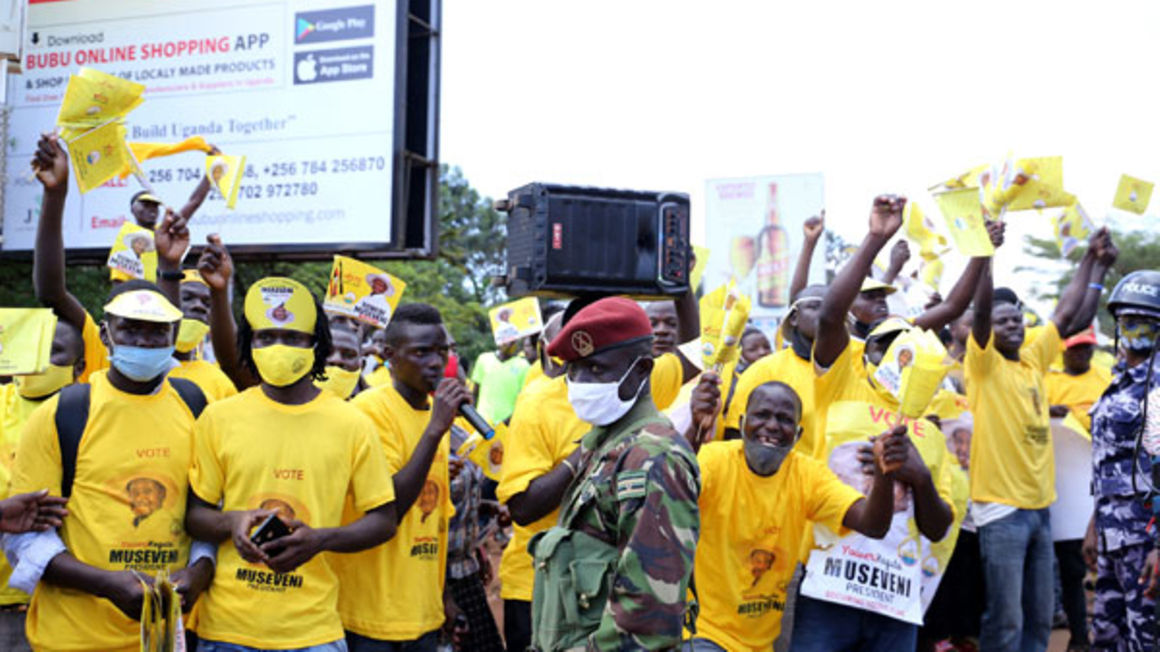
It was the time the World War II was ending and the King’s African Rifles servicemen of the 7th Battalion were returning from abroad where they had fought alongside their colonial masters. That is how Tibuhaburwa was renamed ‘Museveni’ (a local reference to a person belonging to or associated with 7th).
He attended Kyamate Primary School in Ntungamo and moved to Mbarara High School in 1959 for his early secondary education. Later he went to Ntare School in Mbarara.
In 1967, Mr Museveni joined the University of Dar es Salaam in Tanzania where he studied political science and economics. While at the university, he formed the University Students African Revolutionary Front, an activist group through which he linked up with the pro-independence movement, Mozambique Liberation Front (FRELIMO), where he received guerrilla training.
In Tanzania, Mr Museveni joined the Front for National Salvation, which linked up with other Uganda liberation forces under Kikosi Maalum that later ousted President Idi Amin with support of the Tanzanian army in April 1979.
He served as deputy minister of Defence, Regional Cooperation as well as vice chairperson of the Military Commission, which was the interim government after the overthrow of Amin.
In 1980 elections, Mr Museveni contested for the Mbarara North (Nyabushozi) parliamentary seat under his Uganda Patriotic Movement but lost to Mr Sam Kutesa, the current minister of Foreign Affairs.
In February 1981, Mr Museveni launched a guerrilla war that brought him to power in 1986.
He ruled without elections and in 1995, a new constitution was made. Mr Museveni was elected president in 1996. He was re-elected in 2001.
In 2005, Parliament amended the Constitution to remove the two five-year presidential term limits. The country also reverted to multiparty political system in 2005. Mr Museveni was re-elected in 2016, 2011 and 2016. In 2017, his ruling party MPs moved Parliament to remove the age limit on the presidency to allow him rule indefinitely.
By Misairi Thembo Kahungu


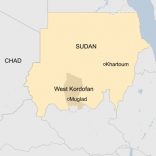

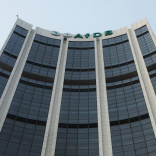

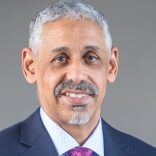


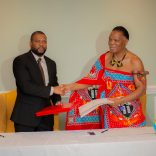
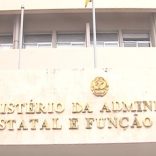


Leave a Reply
Be the First to Comment!
You must be logged in to post a comment.
You must be logged in to post a comment.